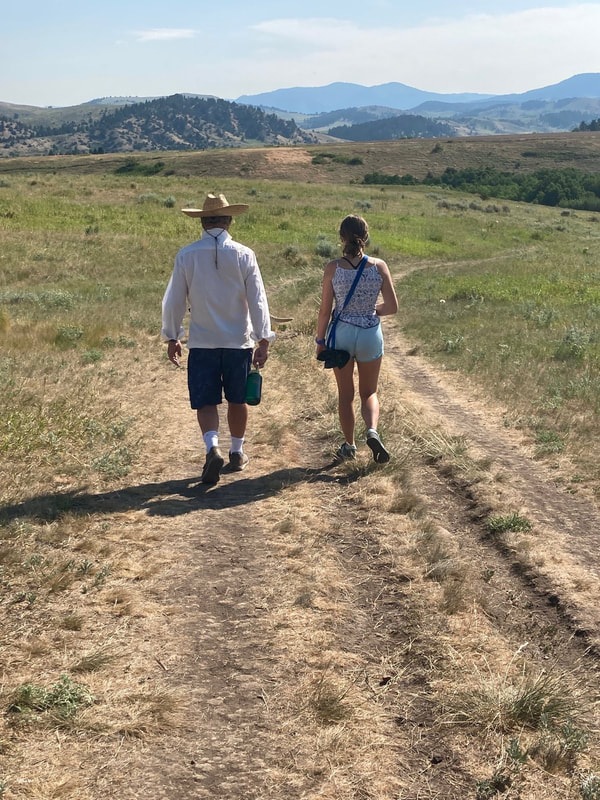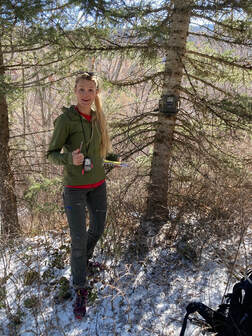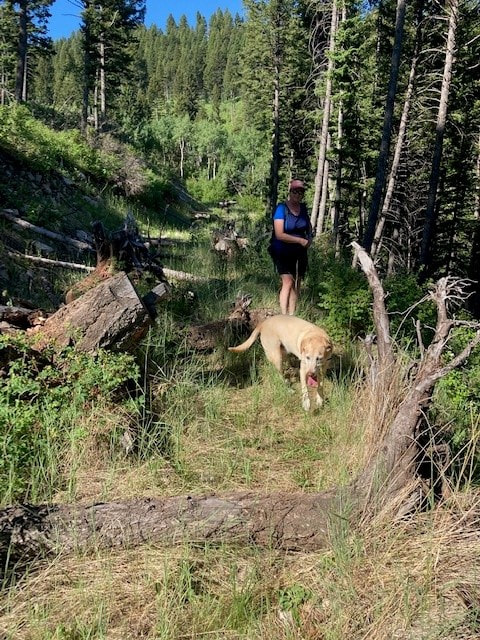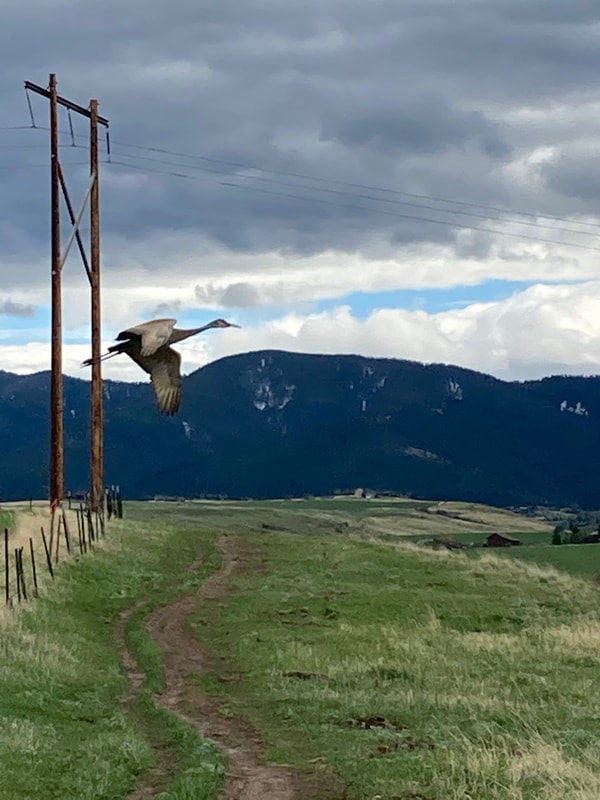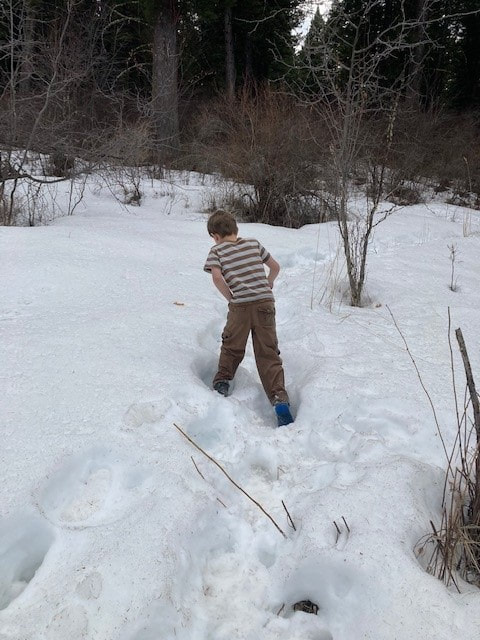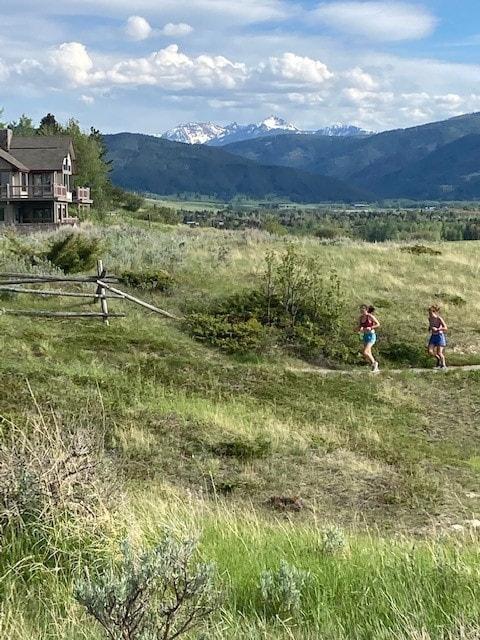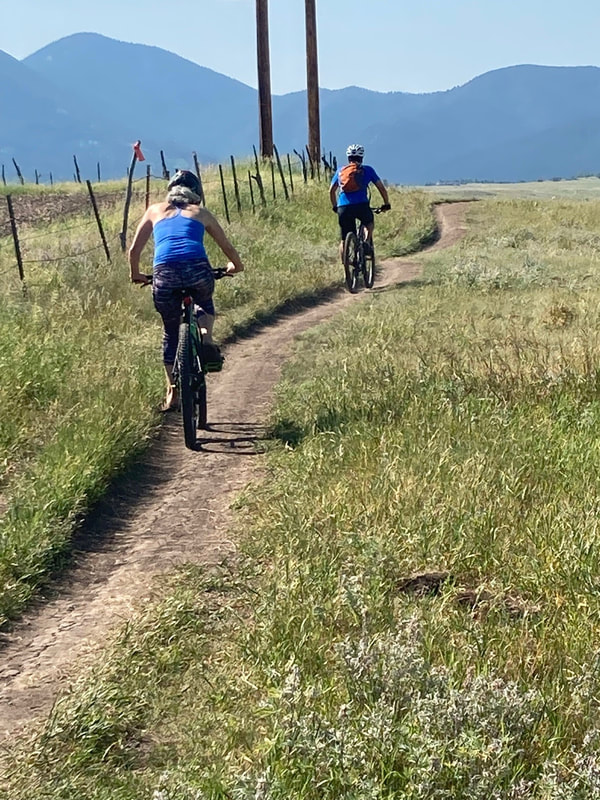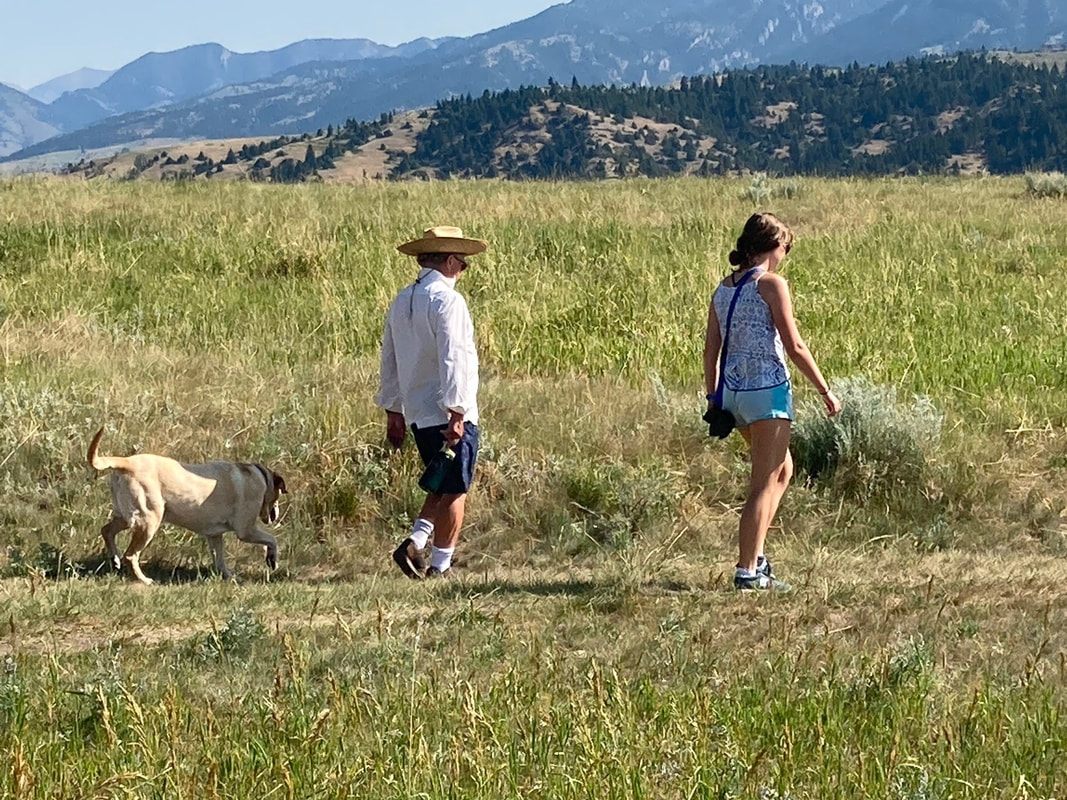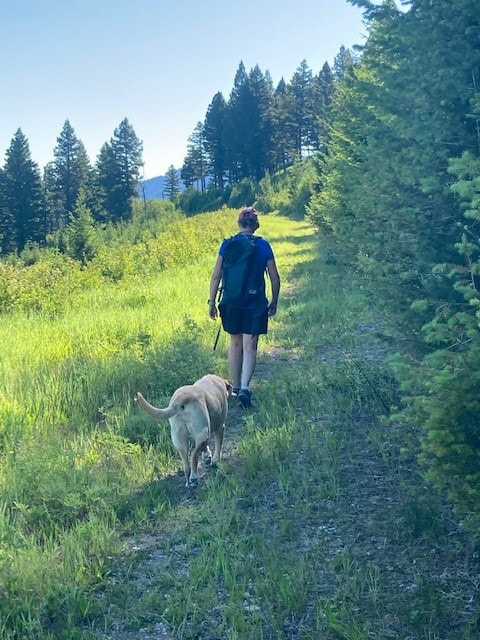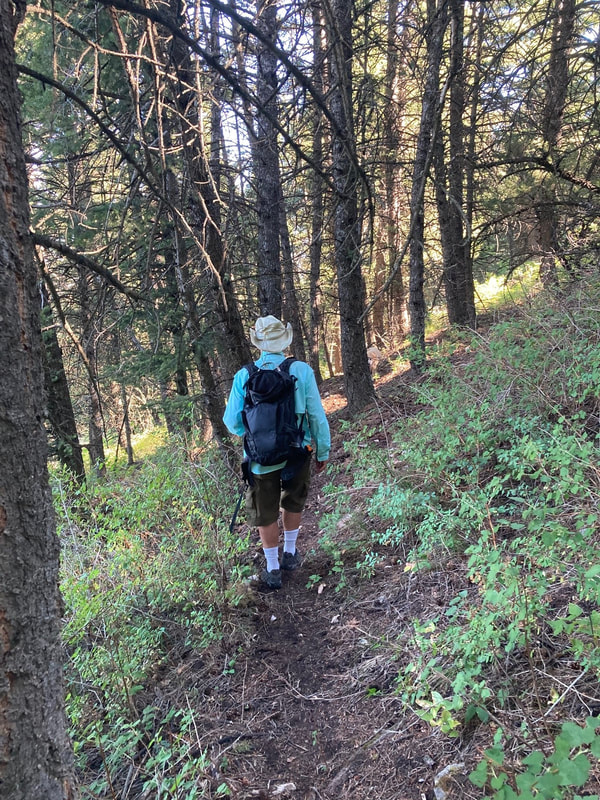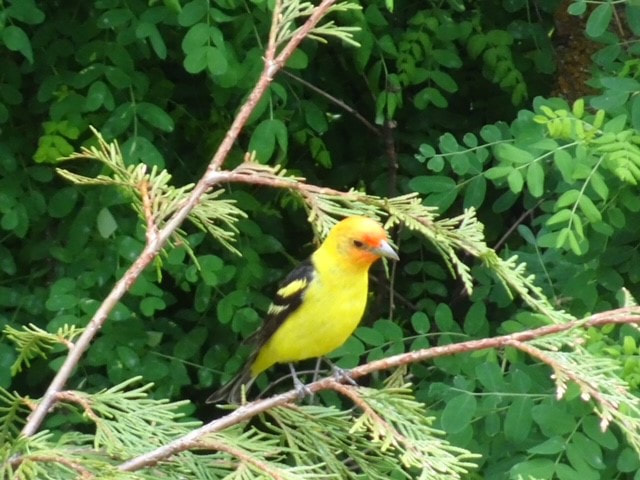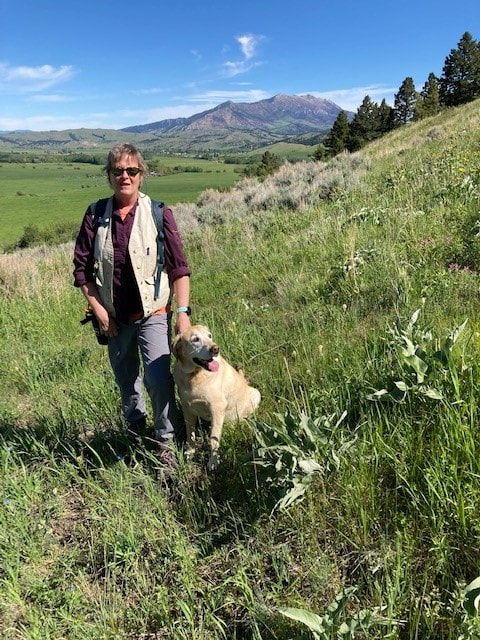Craighead Institute’s Recreational trails and Wildlife Program
As anyone has seen in the past year, recreation enthusiasts have discovered the Bozeman and Livingston Montana area and their close proximity to public lands and trails. Whether moving here or vacationing here to flee Covid-19, people flocked to our area in droves and our local trails have become overcrowded and quite frankly are being loved to death. This influx of people and cash maybe a boom for certain economic sectors, however there is a darker side to this influx with a loss of solitude and space for people but perhaps more importantly a significant strain and stress to wildlife that share our public lands with us.
One of the biggest draws for people that live in Gallatin or Park counties is the abundance of wildlife that are right outside of town in our public lands or National Park. This is one of the reasons why living in Montana is so great. Wildlife may not see it that way. As human presence on trails or within the landscape increases, wildlife have few options, they can either adapt or leave. Some species like deer can habituate to humans quite easily and will move away from human intruders but as soon as the threat leaves, they wander back to what they were doing. Other more sensitive species like elk and many predators that threshold is much lower and they soon leave the area for good. There is a certain threshold of human presence and the habitat becomes unsuitable for wildlife leading to increased habitat fragmentation and overall loss of habitat.
Another problem that is not being addressed by recreationists either hikers or bicyclists, is the proliferation of illegal trails that are being built as a result of overcrowding on our local trails. Many of these trails are being built on public land that is managed by the Custer Gallatin National Forest or Montana State lands. Both of these agencies have limited resources to patrol and close illegal trails. These trails are not being built with long-term stability in mind but only to achieve immediate gratification for hikers and cyclists. I’m sure that this also occurs with motorized vehicle users as well but the focus of our new program centers on hikers and mountain bikers.
